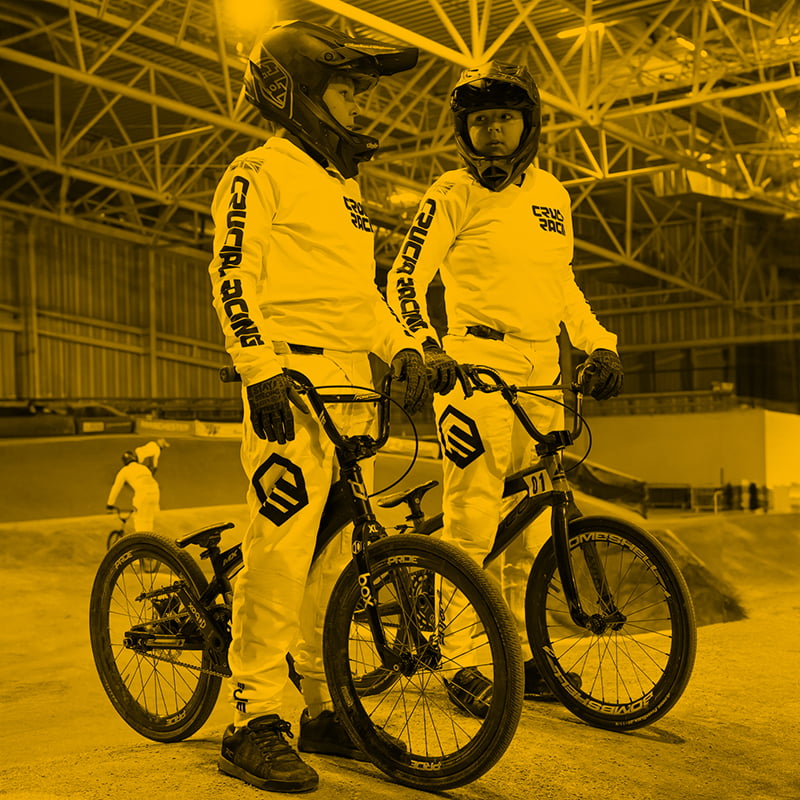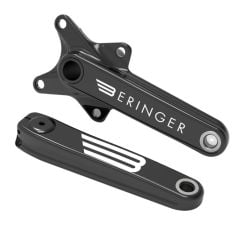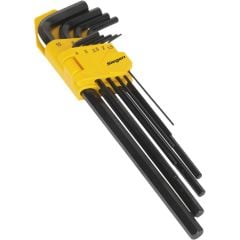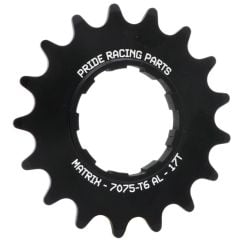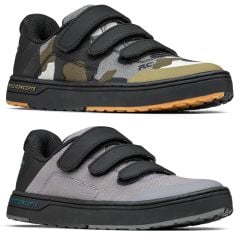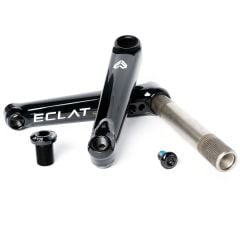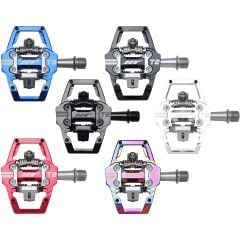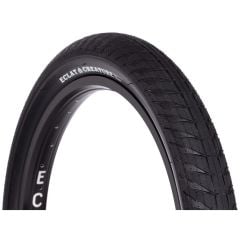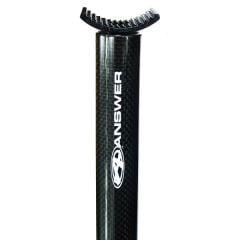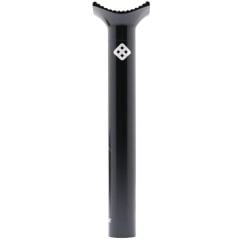PROPHECY SCUD EVO 3 BMX RACE FRAME AND FORK
Scud Evo 3, the fast and rigid high-tech carbon frame, Uncompromising efficiency with maximum power transfer. The one and only “FAST MACHINE” that will remain forever in the history of BMX as the first carbon frame to win a gold medal a...... Read More
Scud Evo 3, the fast and rigid high-tech carbon frame, Uncompromising efficiency with maximum power transfer. The one and only “FAST MACHINE” that will remain forever in the history of BMX as the first carbon frame to win a gold medal at the Olympic Games (Tokyo 2020). Developed with the help of DAVID GRAF, Olympian and bronze medallist at the 2021 Elite World Championship, our Scud Evo3 remains the reference in terms of Weight, Stiffness, Performance, Comfort. A lowered centre of gravity with a lower position for more stability. Lower fork + bottom bracket = lower rider position = more stability at high speeds and in corners. On the inside, we use polystyrene (EPS) and polyurethane (PU) moulding: With both EPS and PU moulding systems, we obtain an inner surface of our frames that is as smooth as the outside, with no beading or overlapping of the carbon fibres. This increases the quality of the frame structure resulting in a more rigid and lighter final product. Our Scud Evo3 frame is capable of passing all of our extremely tough destruction and fatigue tests in our specifications. This is to come as close as possible to its use in real life and to ensure that the user will be able to use it without worrying about any damage or loss of structural integrity of the frame.
Features
- 74 degrees at the head tube with a fork leg offset of only 20 mm = More precision and thrust during technical passages, be ahead of your competitors on off starting grid!
- The frame geometry has been designed to be optimal with 20×1.6 rear tyres for the ProXXXL to Pro sizes, 20×1-3/8 for the Expert XL size and 24×1.75 for the 24″ size.
- Wider total rear wheelbase for greater stability
- Larger diameter bases and shrouds connect the chainstays to the bottom bracket via a “Yoke”.
- Much higher down tube to seat tube connection
- A specific shape of the “Arc & Aero” type seat tube
- 100% new mould with a new manufacturing process using exclusively high-modulus UD carbon from Japan.
- The main outer mold is made of very high-quality special steel, very hard and durable over time.
- 100% integration of the seat post clamping system
- Internal routing of the hydraulic brake line with an exit at the internal level of the left seat stay to connect directly to the rear disc brake calliper.
- Perfectly integrated chain tensioning system
- Impact Tests: Mass Drop & Frame Fall
- Frame fatigue test with pedalling forces
- Horizontal & Vertical Frame Fatigue Test
- Strength test until the frame breaks
Adult Specification – Expert XL & Above
- Press Fit BB86
- 27.2mm Seat Post
- 1.5" Tapered Headtube (74°)
Youth Spec – Junior & Expert
- ALSO INCLUDES V brake Posts - 85mm Brake (Fully removable posts and threaded mounts)
- Threaded Euro Bottom Bracket
- 22.2mm Seat Post
- 1" - 1 1/8" Tapered Headtube (1 of a kind for this frame)
- Available in 10mm and 20mm rear dropouts (We will contact you for your preference)
All Frames
- 120mm Disc (Disc version only)
- Available in 10mm and 20mm rear dropouts (We will contact you for your preference)
- Forks compatible with both 10mm and 20mm hubs
- Headset and Seat clamp included
- 10 or 20mm rear hubs: 110mm OLD + 20mm rear dropout thickness with chain tensioner system, making a total of 150mm.
- 10 or 20mm front hubs: 100mm OLD + 6.5mm lug thickness for a total of 113mm
JUNIOR:
- Top Tube: 18.7”
- Chain Stay: 12.99”
- Head Angle: 73.5°
- Weight: 1.1Kg
EXPERT:
- Top Tube: 19.5”
- Chain Stay: 12.99”
- Head Angle: 73.5°
- Weight: 1.1Kg
EXPERT XL:
- Top Tube: 19.88”
- Chain Stay: 12.99”
- Head Angle: 73.5°
- Weight: 1.08Kg
PRO:
- Top Tube: 20.47”
- Chain Stay: 14.17”
- Head Angle: 74°
- Weight: 1.31Kg
PRO XL:
- Top Tube: 21.06”
- Chain Stay: 14.57”
- Head Angle: 74°
- Weight: 1.38Kg
PRO XXL:
- Top Tube: 21.65”
- Chain Stay: 14.57”
- Head Angle: 74°
- Weight: 1.39Kg
PRO XXXL:
- Top Tube: 22.24”
- Chain Stay: 15.12”
- Head Angle: 74°
- Weight: 1.39Kg
CRUISER:
- Top Tube: 21.75”
- Chain Stay: 14.57”
- Head Angle: 74°
- Weight: 1.39Kg
*Weights are for frame only
There are currently no reviews for this product.
New Rider?
